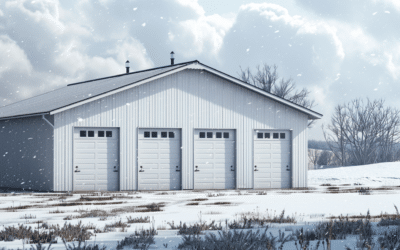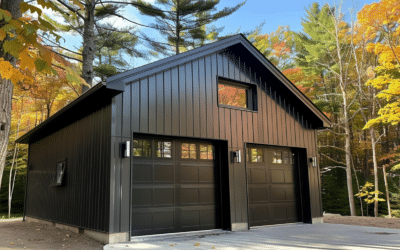When faced with a do-it-yourself project, the sense of personal...
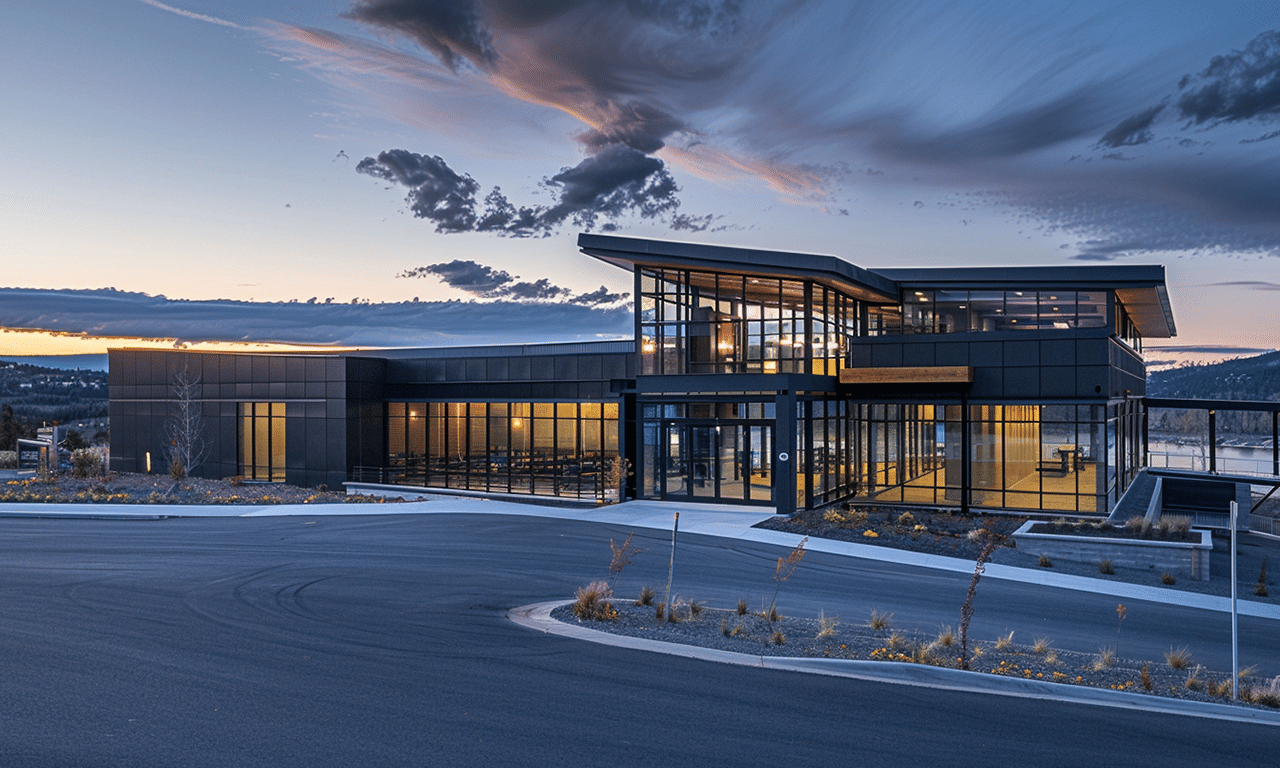
Building With Metal Kits: Efficient, Durable, and Customizable Solutions for Your Next Project
Metal building kits are becoming increasingly popular for their affordability, durability, and ease of assembly. Whether you’re looking to build a garage, workshop, or custom home, metal kits provide a cost-effective solution that allows you to create strong, long-lasting structures. With pre-engineered components and the flexibility to customize your design, metal building kits make construction accessible for DIY enthusiasts and professional builders alike.
In this guide, we’ll explore the advantages of building with metal kits, design tips, and project inspiration to help you get started on your next project.
1. Why Choose Metal Kits for Construction?
Metal kits offer numerous advantages over traditional construction methods. They are pre-engineered, which means all components are manufactured to fit together seamlessly, reducing both the time and cost of construction. Additionally, metal is more durable than wood and requires less maintenance, making it an excellent long-term investment.
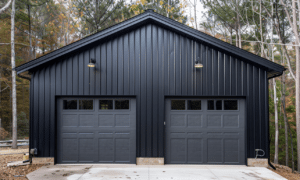
For those interested in exploring DIY options for garages, check out our Building with Garage Kits page, where you’ll find detailed insights into how metal garage kits can be used for residential and commercial projects.
2. Design Flexibility with Metal Kits
One of the greatest advantages of metal building kits is their design flexibility. Metal allows for wide open spaces without the need for load-bearing walls, giving you more freedom to design layouts that suit your specific needs. Whether you’re constructing a small one-car garage or a larger building for commercial use, metal kits can be customized to accommodate your vision.
Looking for construction tips and advice on how to make the most of your metal building kit? Visit our Construction Tips section, where we provide expert advice on everything from foundation preparation to finishing touches.
3. Using Metal Kits for Residential Homes
Metal building kits aren’t just for garages or storage units—they can also be used to build beautiful, energy-efficient homes. With metal’s strength and versatility, you can create custom home designs that are both modern and sustainable. Pre-engineered metal homes are also faster to assemble than traditional homes, saving you time and labor costs.

For inspiration, explore some of the Home Projects we’ve completed using metal building kits. You’ll see how homeowners are transforming metal structures into stylish, comfortable living spaces.
Additionally, visit our Home Building and Design category to get more ideas on how to design and build your dream home with metal kits.
4. Building Garages with Metal Kits
One of the most common uses for metal kits is garage construction. Whether you need a basic storage space for vehicles or a fully equipped workshop, metal garage kits provide a durable and customizable solution. Steel garages are highly resistant to fire, pests, and weather damage, ensuring that your investment is protected for years to come.
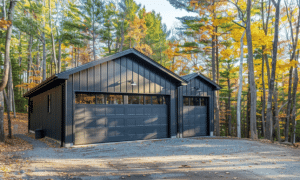
Check out our Garage Projects to see how metal garage kits have been used in various residential and commercial settings. You can also explore our Garage Buildings page for more information on available options and customization features.
5. Cost-Effective and Energy-Efficient Structures
Metal buildings are known for being energy-efficient, especially when paired with proper insulation and reflective roofing materials. Not only do metal buildings reduce heating and cooling costs, but they also contribute to a lower environmental footprint due to their recyclability and reduced construction waste.
To learn more about the different metal building options available for garages, homes, and other structures, visit our Metal Buildings section. Here, you’ll find a variety of pre-engineered kits that can be tailored to fit your specific project requirements.
6. Why Choose Metal Kits for Your Next Project?
Building with metal kits offers an array of benefits that make them an attractive option for both residential and commercial construction:
- Durability: Metal buildings are resistant to fire, pests, and harsh weather, making them an ideal long-term investment.
- Affordability: Metal kits reduce material and labor costs while offering a faster construction timeline.
- Customization: From large open spaces to specific door and window placements, metal kits offer unmatched flexibility in design.
- Energy Efficiency: With proper insulation and roofing, metal buildings can reduce your energy costs significantly.
At Your Building Team, we offer a wide range of metal building kits designed for garages, homes, workshops, and more. Whether you’re a DIY enthusiast or working with professional builders, our metal kits provide the perfect balance of cost-efficiency, durability, and customization options.
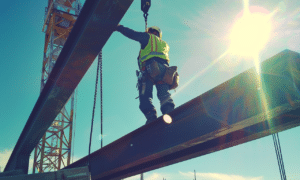
Metal building kits are an excellent choice for anyone looking to construct a durable, cost-effective structure with the flexibility to customize their design. Whether you’re building a garage, a home, or a storage unit, metal kits provide the strength, versatility, and affordability needed to make your project a success.
For more information on building with metal kits or to get started on your next project, explore our Building with Garage Kits page or check out the latest Construction Tips for expert guidance.

EXPERT STEEL BUILDING SOLUTIONS
Your Building Team delivers engineered steel structures nationwide. From garages to commercial facilities, explore our comprehensive building solutions at yourbuildingteam.com
Common Challenges in Metal Building Assembly and How to Overcome Them
Understanding the Landscape of Metal Building Assembly Building with...
A Step-by-Step Guide to Assembling Your Metal Building Kit
Embarking on the journey to assemble your very own metal building...
Calculated the Cost of a Building
for Your Location
Given that factors such as snow load, wind load, and seismic conditions significantly influence safety and compliance, providing the exact installation address is essential for an accurate preliminary cost estimate.



